![[Image: Fabbaloo]](https://fabbaloo.com/wp-content/uploads/2020/05/IMG_20181030_090616_img_5eb0a33392646.jpg)
The world is in full color, and now so is functional 3D printing with Rize’s latest introduction.
Today Rize announces a significant portfolio enhancement, unveiling the full-color XRIZE desktop additive manufacturing system and expanding the materials capabilities of the Rize One 3D printer.
Let’s start with what’s new with the Rize One.
![The Rize One at Rize HQ [Image: Fabbaloo]](https://fabbaloo.com/wp-content/uploads/2020/05/IMG_20181030_091106_img_5eb0a3353a221.jpg)
Since its market debut in 2016, Rize’s technology has included the capability to mark parts with some color, building on this inkjet ability over the years to present Digitally Augmented Additive Manufacturing Parts that utilize voxel-level control to securely mark 3D printed parts. Having brought Rizium One Black material to market earlier this year for another popular color option, Rize now continues its path in responding to customer demand with two new material options.
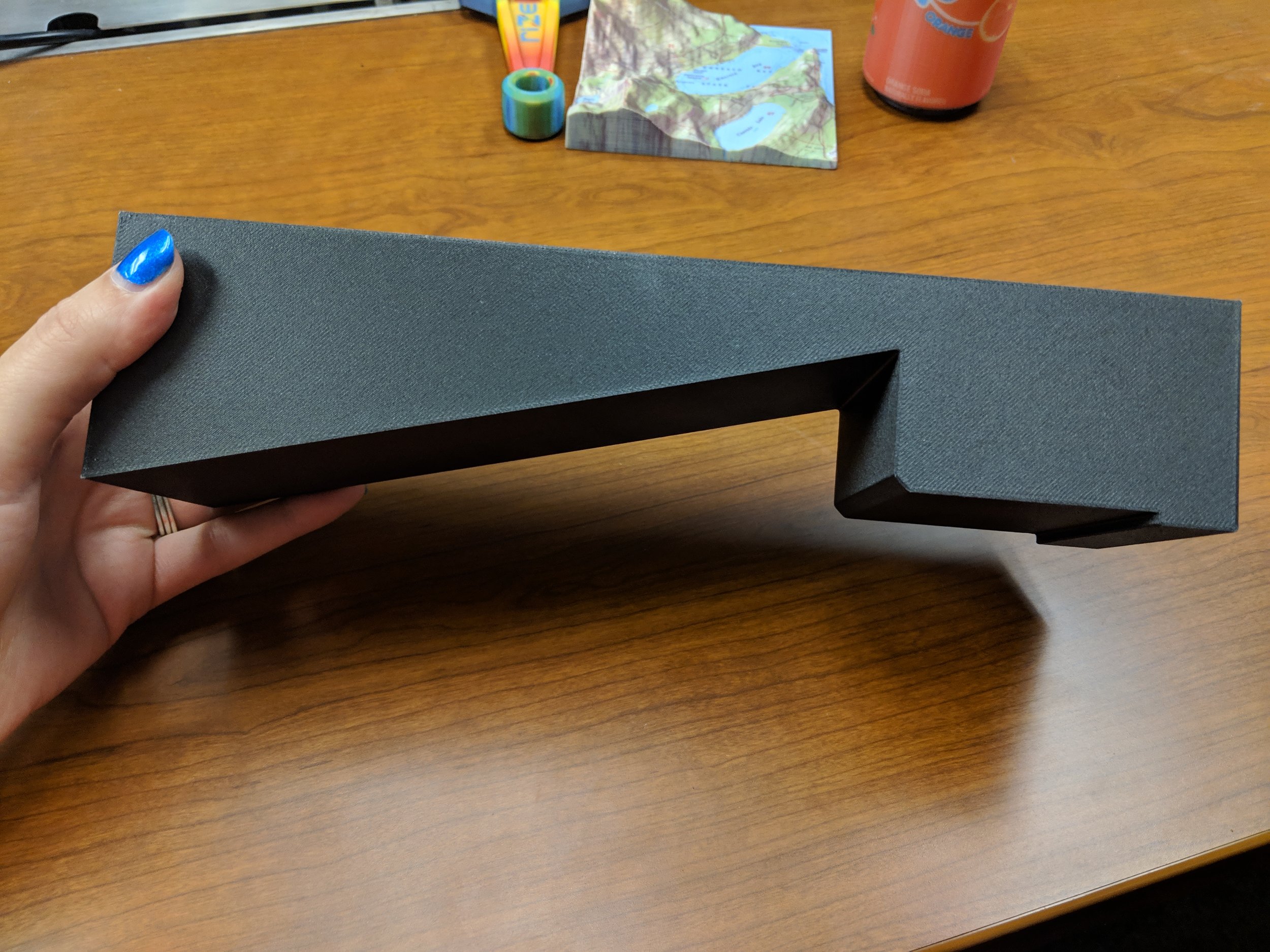
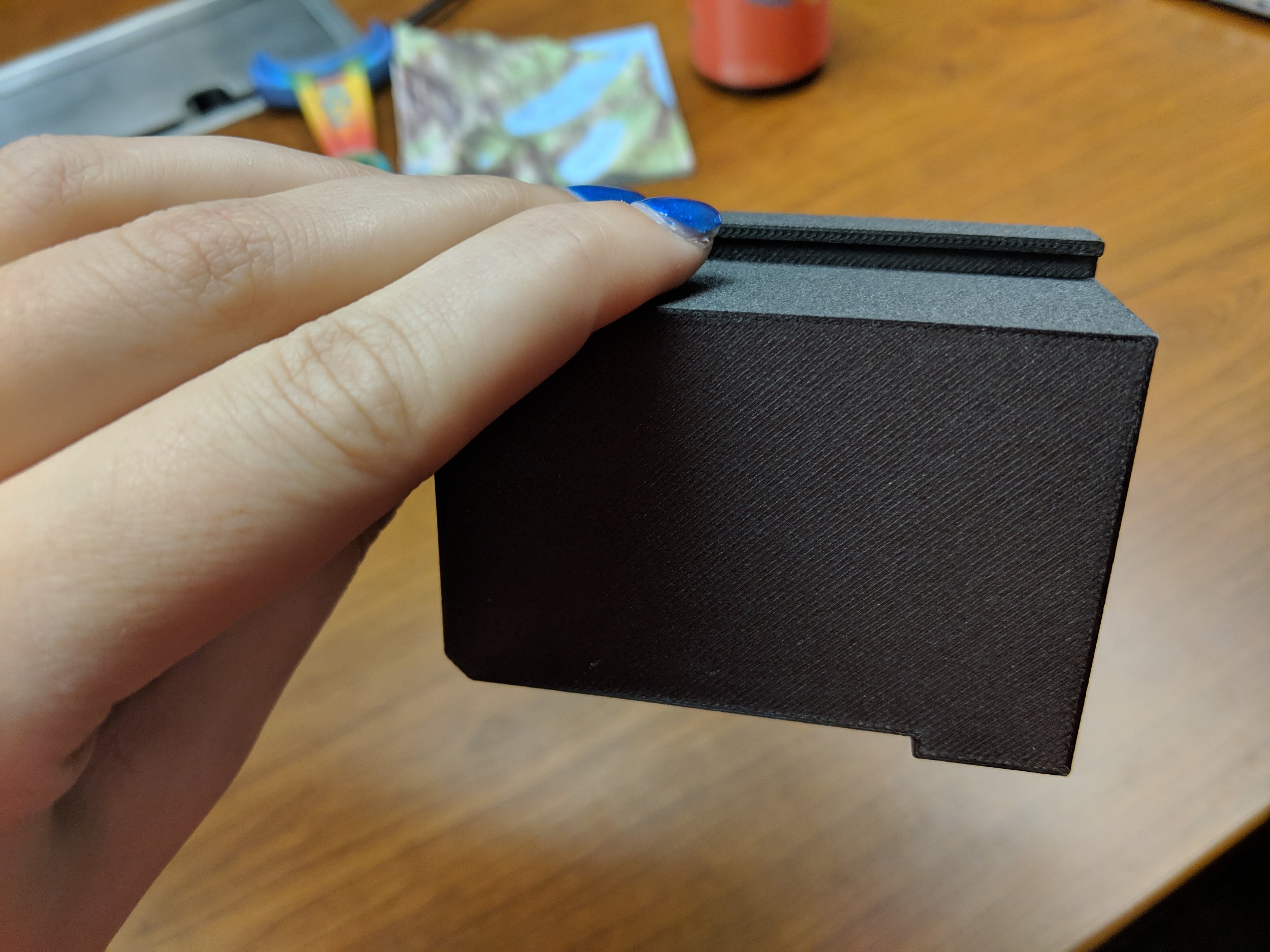
Rizium Carbon and Rizium Endura have joined the Rizium material family. The former, reinforced with carbon fiber, is designed for functional prototyping for manufacturing, while the fiber-reinforced Rizium Endura offers high accuracy and high impact strength. The latter is also compatible with Rize’s full-color inks, which leads us to…
XRIZE.
Full-color 3D printing has represented something of a holy grail — especially when it comes to functional parts.
I was fortunate to find myself in Boston recently, and had the time to get hands-on with these new full-color parts and to hear first-hand from Rize CEO Andy Kalambi, Vice President of Product Kishore Boyalakuntla, and Vice President of Marketing Julie Reece.
![L-R: Kishore, Julie, and Andy at Rize HQ [Image: Fabbaloo]](https://fabbaloo.com/wp-content/uploads/2020/05/IMG_20181030_090852_img_5eb0a339c6d9c.jpg)
“What we have with XRIZE is what we like to call the world’s first safe, strong, multi-material desktop industrial printer with minimal post-processing,” Boyalakuntla explained.
“What we’re seeing is that color 3D printing is very messy, and you often get parts that are not functional — or if they are, they are very expensive. The innovation our team did is very unique; we don’t talk about it enough but it really is voxel-level… With true color capabilities, the imagination is the limit. The world is in color, right?”
Kalambi looked to the world of 2D printing as the precedent for the adoption of color.
“With the first introductions of color 2D printers, people thought they knew some uses, but the users kept expanding on that. No one buys black and white printers anymore,” he said.
“Today, we believe color will redefine how people look at 3D printed parts. Never before has this been possible except with expense and complexity attached to making those parts. We wanted to maintain simplicity and safety while creating functional, lifelike parts. We’ve seen functional parts that are not lifelike and lifelike parts that are not functional. Now, we push toward new end users, toward marketing professionals, designers, architects, and not just engineers; those kinds of applications will explode. We live in color. We are bringing 3D printing to the real world, in a way.”
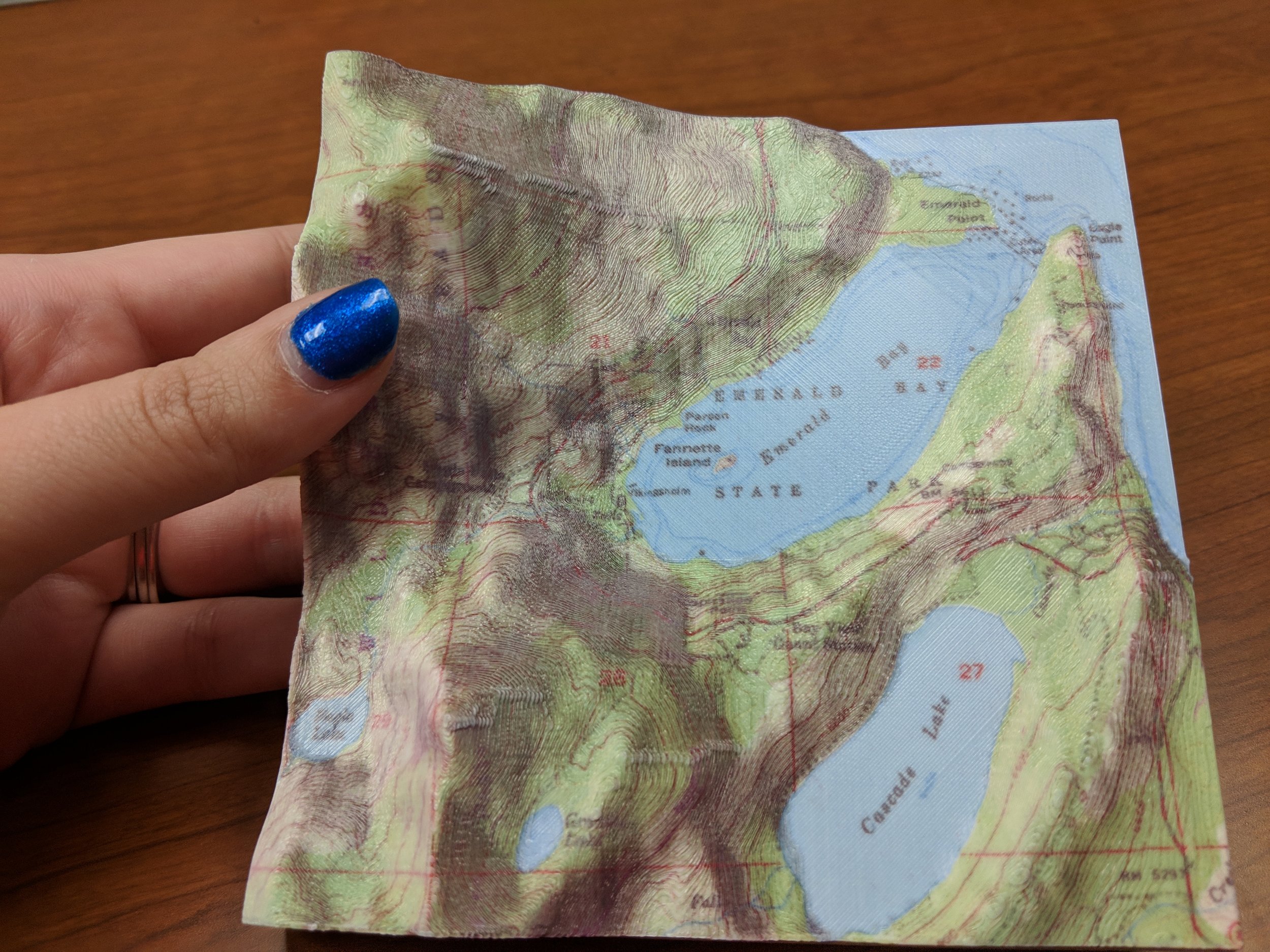



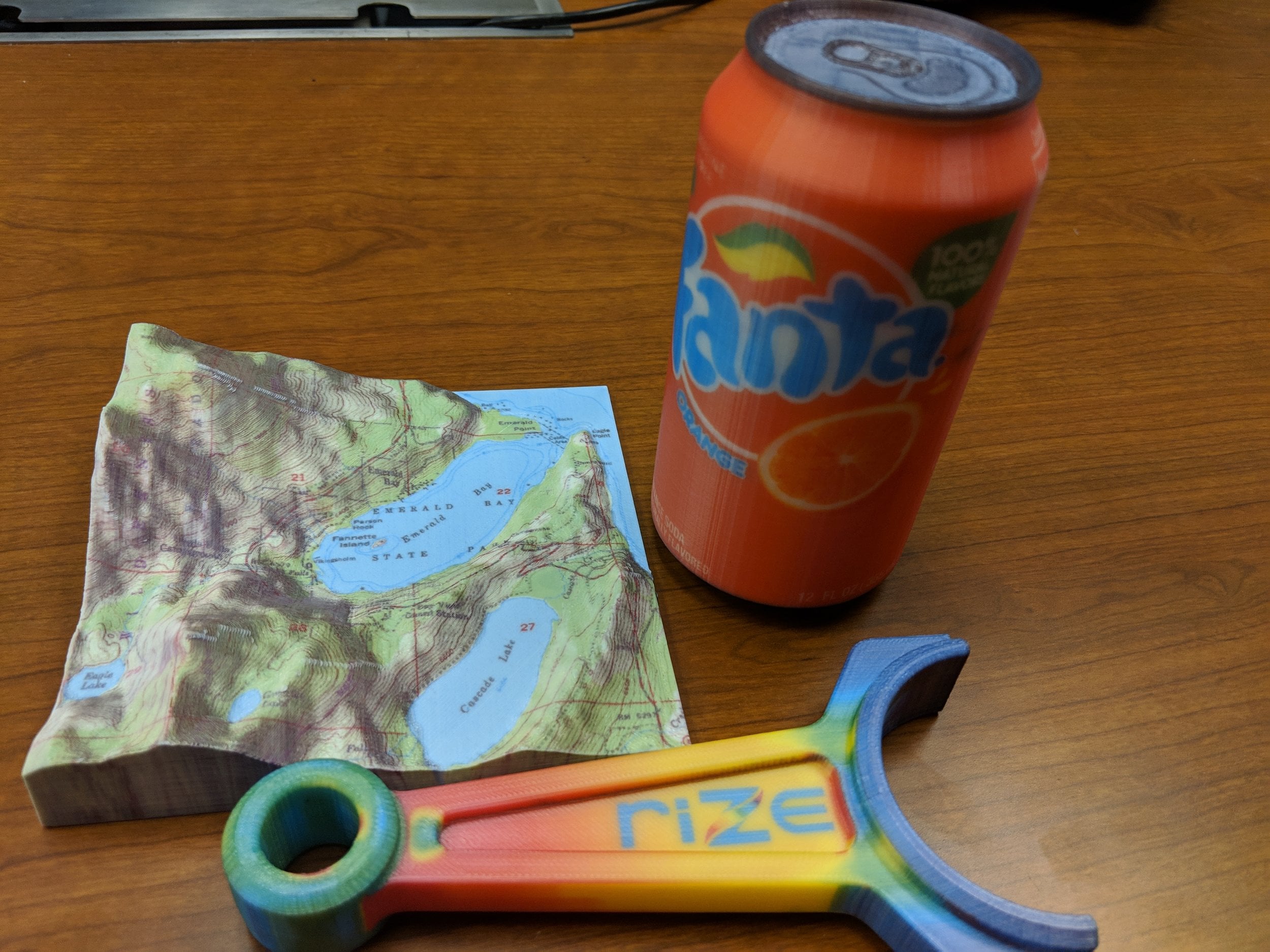

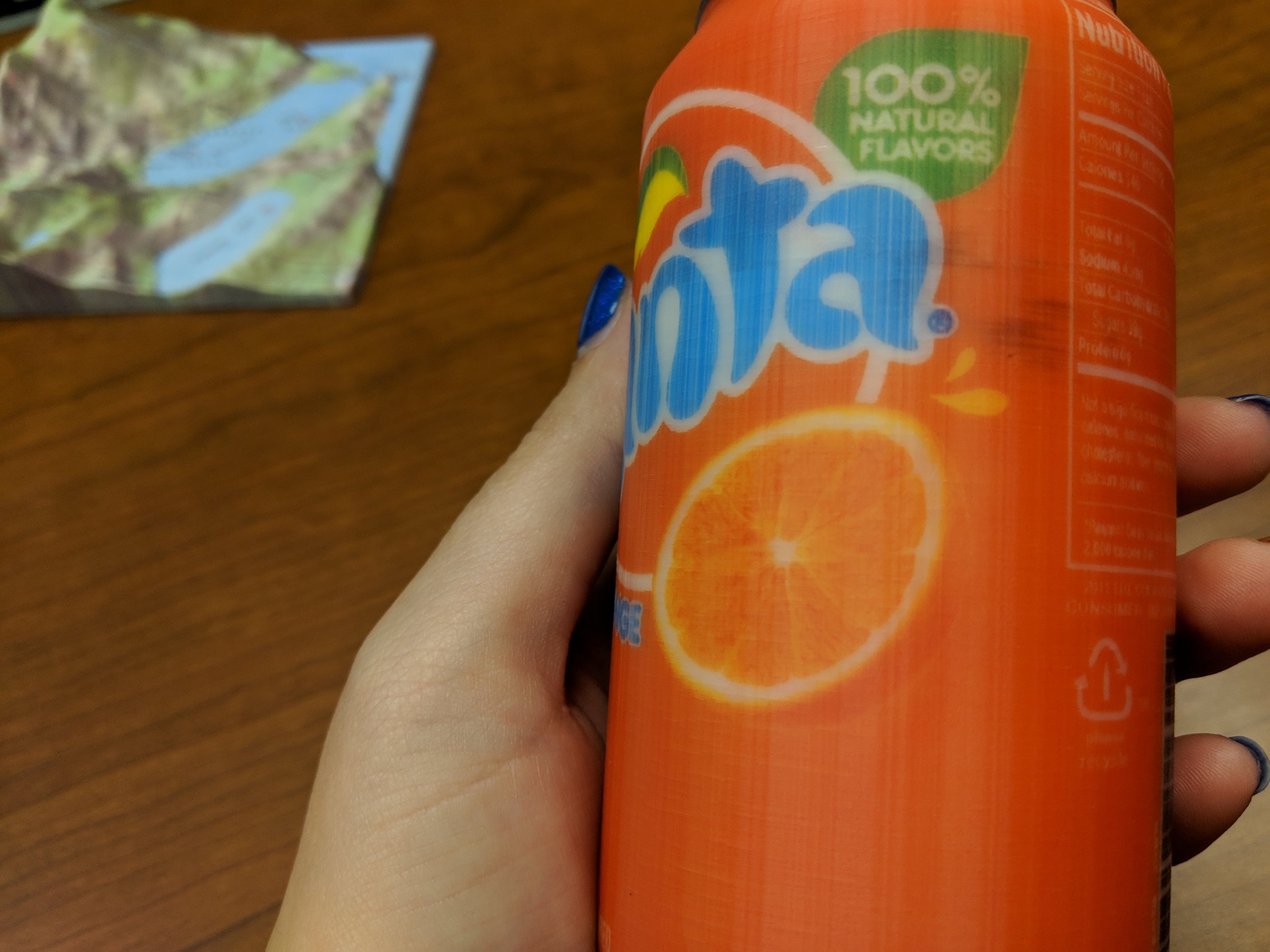
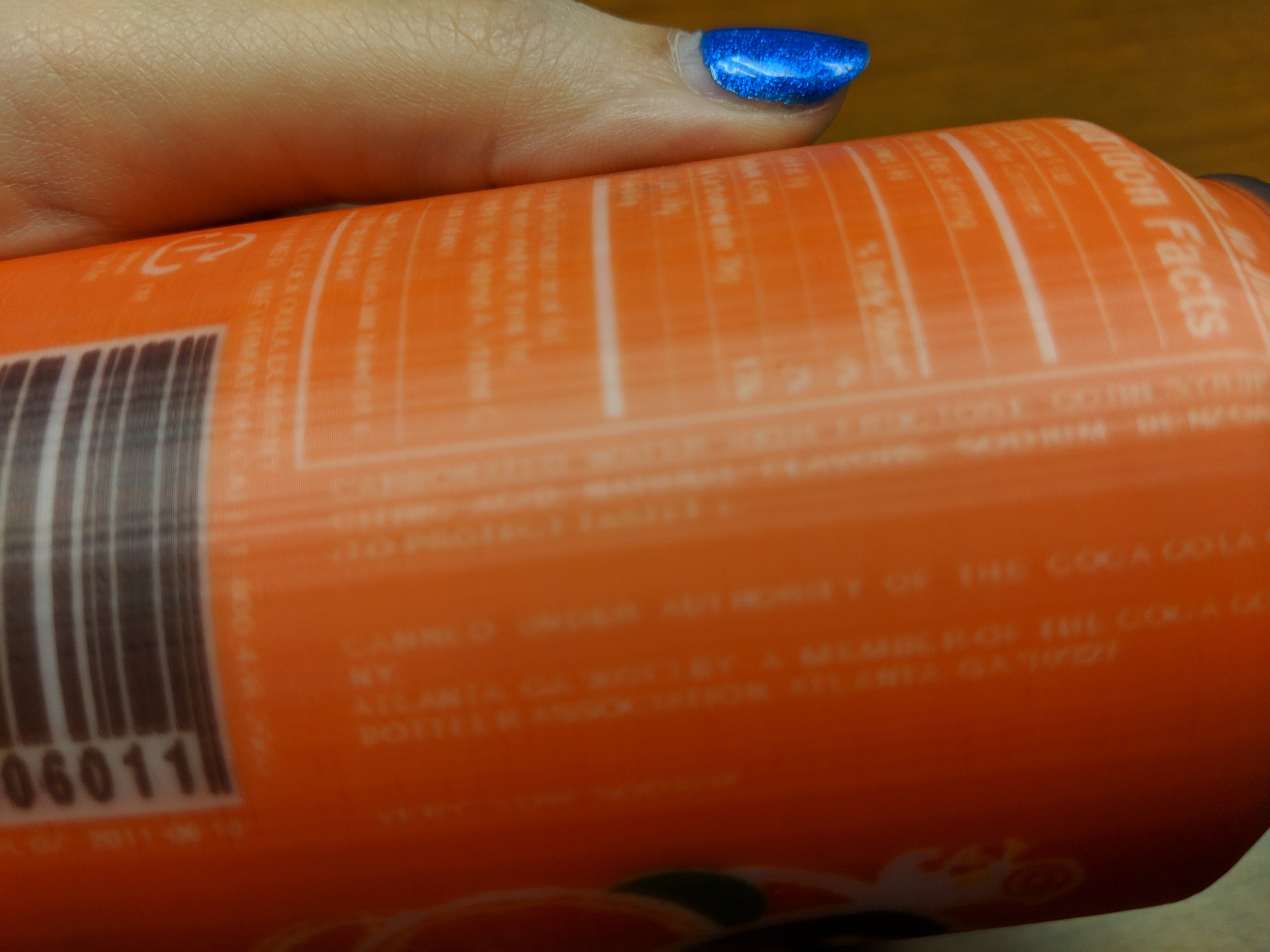
As we spoke, I handled a few full-color parts, including a topographical map and a faithful replica of a Fanta can, both fully readable. I surreptitiously worked to bend or break another part, but it didn’t budge; after I came clean about having been trying to squeeze it, Boyalakuntla encouraged me to try harder. Still nothing.
“We are not going to announce anything that’s not working,” Boyalakuntla said with a smile. “And people want color. TV, 2D, anything that is color explodes.”
![Squeezing this did nothing. [Image: Fabbaloo]](https://fabbaloo.com/wp-content/uploads/2020/05/image-asset_img_5eb0a347d958f.jpg)
The XRIZE jets CMYK inks during the printing process with its Augmented Polymer Deposition technology, and jets RELASE INK between part and support for the easy-removal capabilities that drew early attention to Rize.
Rize notes specs for the new system as:
-
Four-channel color and dedicated Release Ink channel
-
Device dimensions: 21.4” H x 36” W x 25.4” D (535 x 915 x 647mm)
-
Build volume: 12”x 8” x 8” (310 x 200 x 200mm)
-
Weight: 135 lbs (61kg)
-
Layer thickness: .250mm or .125mm
-
Resolution: x/y 300dpi; Z 200dpi at .125mm layer thickness
-
Accuracy: X/Y: +/- .127mm, or +/-.003mm/mm, whichever is greater and Z: +/- layer thickness (.250mm or .125mm)
![XRIZE [Image: Rize]](https://fabbaloo.com/wp-content/uploads/2020/05/x-rize-desktop_img_5eb0a3496d4dc.jpg)
Along with the XRIZE system and expansion of offerings for the Rize One, today’s announcements also include Rize Connect.
Debuting at formnext, Rize Connect represents a logical step to take advantage of IoT and the intelligence that comes with that to help customers design and get feedback and analytics, Boyalakuntla explained.
“It captures valuable information and gives users proactive feedback to help them sequence things faster, better, and to execute what they need to do, to maximize throughput on a fleet of printers — both the Rize One and XRIZE,” he continued.
Rize will be showcasing all these announcements at formnext — as well as offering a show-only special for the new XRIZE. Any orders placed during formnext for an XRIZE (with a $55K MSRP) will become a two-for-one bundle that also includes a Rize One. The Rize One will ship immediately, and the XRIZE will ship upon general availability in 2019. Beta units will be shipping soon after formnext.
Find Rize in hall 3.1, booth C28 at formnext.
Via Rize

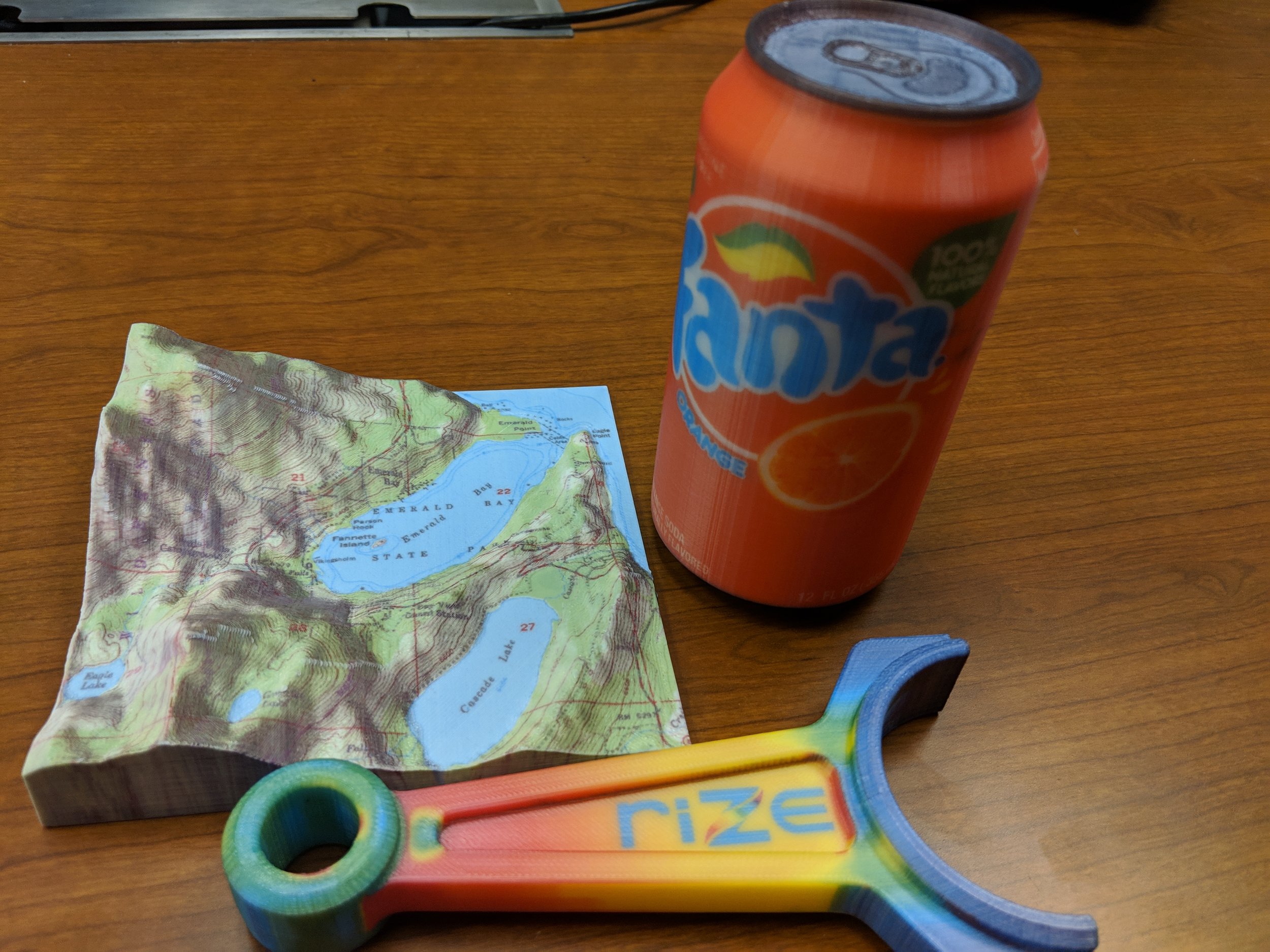
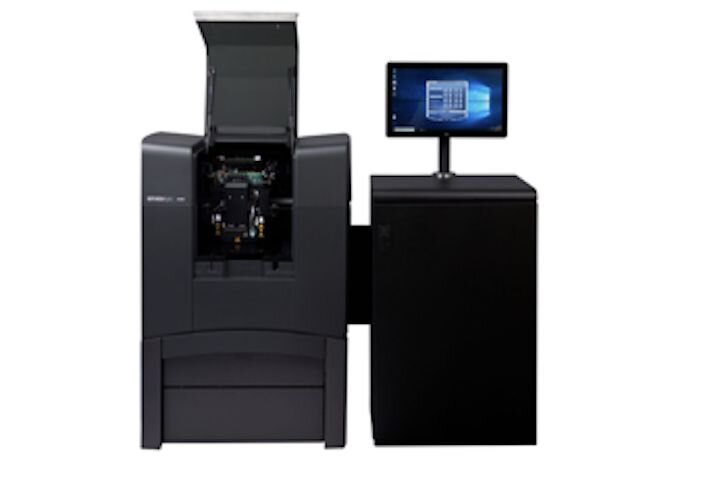








If you’re a youngin’ whose neurons have just myelinated or an educator who’s responsible for bludgeoning their brain tissue with knowledge, there’s a 3D printer option you’ll want to add to your lab list – A RIZE 3D Printer.